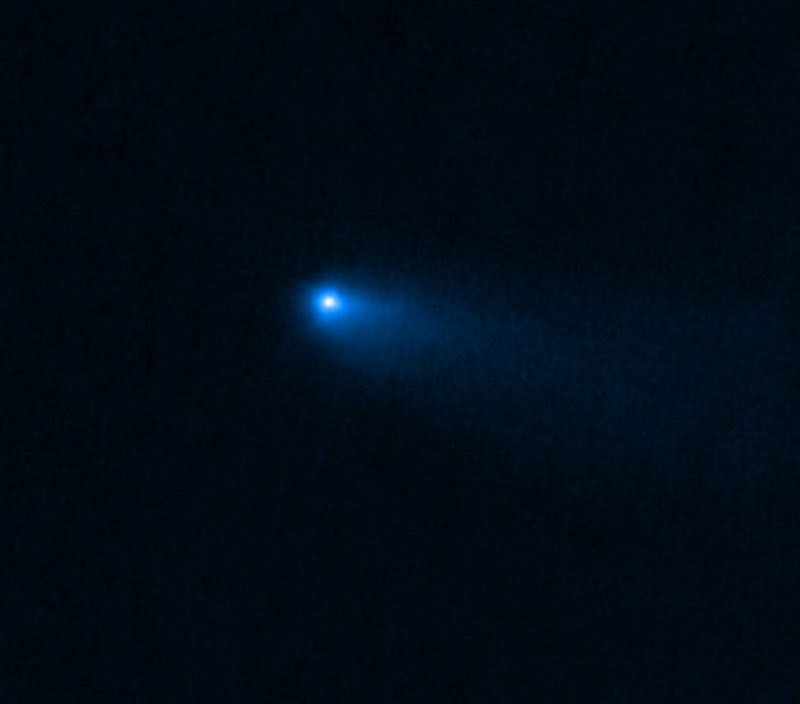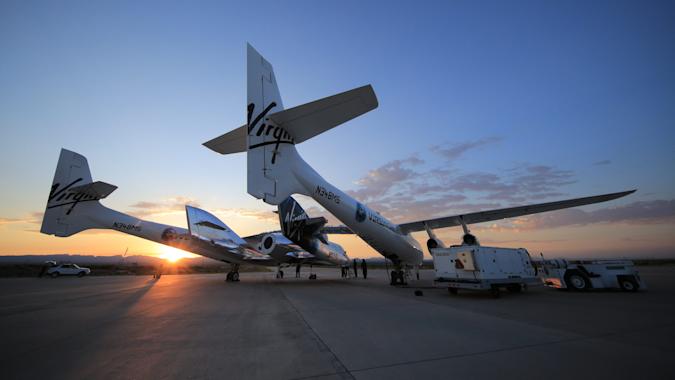James Webb Space Telescope Finds Water Comet

The James Webb Space Telescope has discovered water around a rare comet located in the main asteroid belt between Jupiter and Mars.
In addition to asteroids, the main asteroid belt also contains objects that periodically show a halo called a coma, as well as a tail of gas and dust. They have recently been classified as comets. 238P/Read is one of three main-belt asteroid objects that fall under this classification.
Before that, all comets were thought to originate in the Kuiper belt beyond Neptune, or in the so-called Oort cloud, on the outskirts of the solar system, where ice can be stored away from the sun. The icy material that vaporizes as the comet approaches the Sun is what gives it the characteristic coma and tail that distinguishes it from asteroids. For a long time, researchers assumed that water ice could also persist in the warmer asteroid belt inside the orbit of Jupiter. However, it was possible to confirm this experimentally only thanks to the observations of “James Webb”.

The team said there are two possible reasons why comet 238P/Read could be deprived of carbon dioxide. First, the comet may have contained carbon dioxide during its formation, but lost it due to heating from the Sun. An alternative theory for the absence of carbon dioxide is that this main belt comet could have formed in a region of the solar system lacking this relationship.



